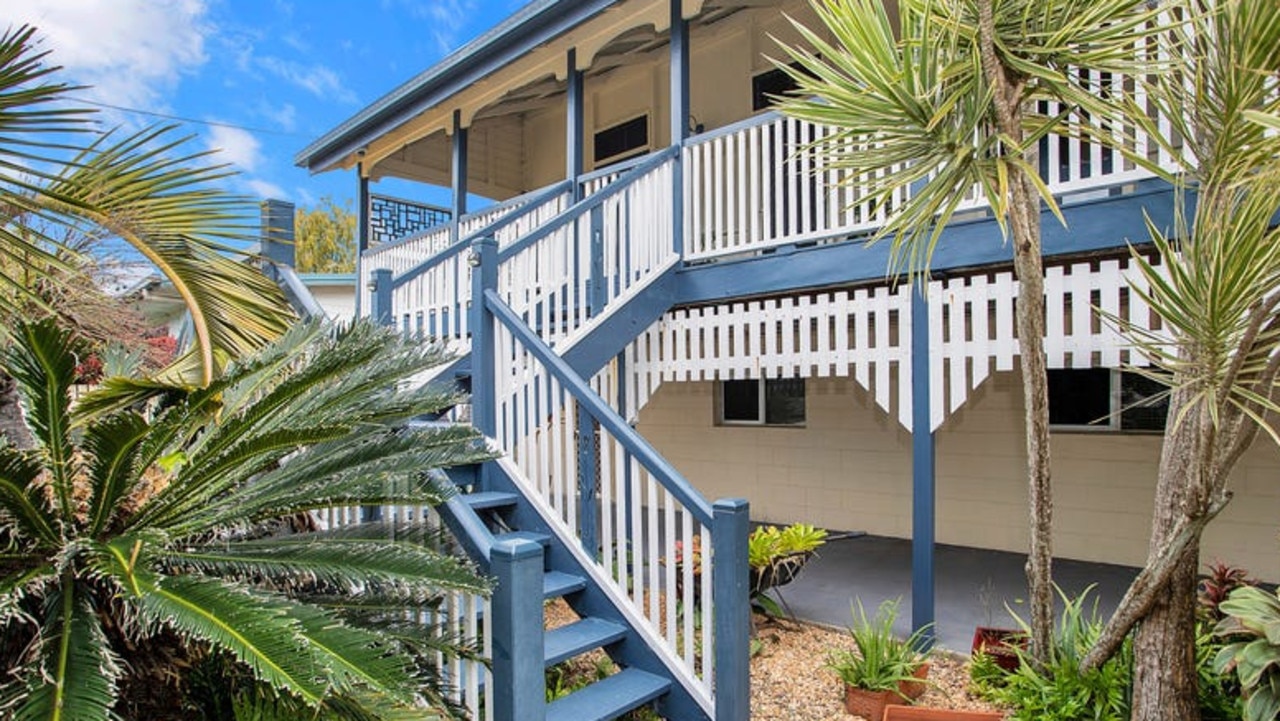REVEALED: Secret glimpse into Goorganga's glory
Welcome to the Wetlands, the 'lungs' of the earth as a botanist described

Mackay
Don't miss out on the headlines from Mackay. Followed categories will be added to My News.
LARA Mitton loves to ride out into the "lungs” of the Earth.
On Goorganga Plains, south of Proserpine, vast flocks of wild ducks, magpie geese, and snow-white egrets soar and circle the sunbeams above the liquid blue waterholes at sunset.
The lush wetlands, partly covered by second- generation grazier Ralph Cox's 27,000-acre Goorganga station with 4000-head of cattle, is one of the nation's most universally significant.
"It is a spectacularly beautiful place,” said Ms Mitton, 24, a local cowgirl and veterinary nurse.
"It's amazing to see how it has bounced back after Cyclone Debbie.”
It was botanist David Bellamy who described wetlands as "the true 'lungs' of the Earth”.
Wetlands, coral reefs, and some marine plankton are the only things that keep the vital gases of the atmosphere in balance.
During Cyclone Debbie three months ago, these wetlands turned into a vast inland sea, cutting off the Bruce Highway for days.
Motorists captured photos of huge crocodiles walking across the highway, some of an estimated 150 that populate the region.
In 2008, Premier Anna Bligh killed off a controversial $14b shale oil mining project at the nearby McFarlane deposit, 15km south of Proserpine. It was a victory for Greenpeace and environmental campaigners who had warned it would affect tourism, pollute the Great Barrier Reef and the Goorganga wetlands, pose health risks, stink the air and disrupt farming.
Like a giant sponge, the wetlands acted as a filter in record flooding of Cyclone Debbie to slow water flow, even out flood peaks, and reduce sediment run-off onto the Whitsundays' reefs.
Today, three-storey high piles of cyclone-torn timber dot the plains, fencelines are still broken awaiting repair, and horses and cattle are still unaccounted for, washed away by the floodwaters.
"Lots of the grunt work has been done, it was overwhelming, there was so much to do,” said Ms Mitton.
"Everything from fixing fences, clearing fallen trees, to finding lost cattle, it's been a colossal task for farmers to recover.”
Queensland's primary industries took an estimated $450m hit as the catastrophic category 4 cyclone crossed the coast at Airlie Beach, dumped up to a metre of rain inland and headed south to the Tweed.
Graziers in the Clarke Creek to Duaringa district told how a 2m-high wall of water destroyed fences, pumps, yards and buildings and swept away livestock in a $69m damage bill.
Fruit and vegetable prices on supermarket shelves have tripled after $100m in vegetable crop losses in Bowen and a $52m impact on the agriculture industry in the state's southeast.
With the annual harvest under way in Prosperpine and Mackay, canegrowers predict a $139m hit in lost sugar cane production.
PETER MICHAEL
Originally published as REVEALED: Secret glimpse into Goorganga's glory



